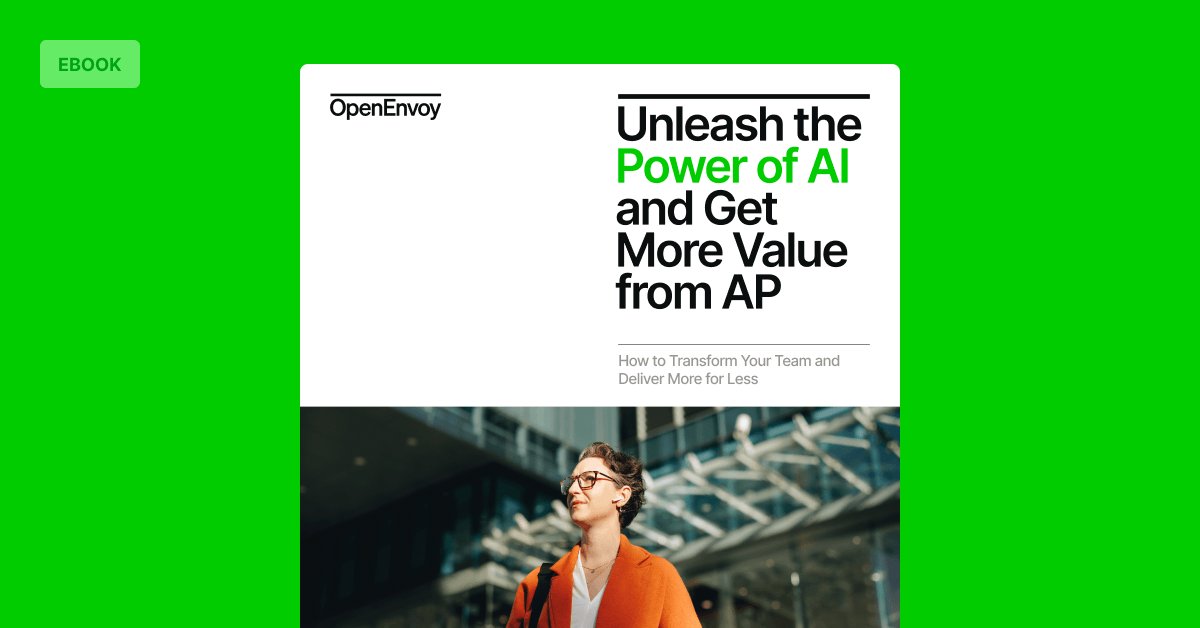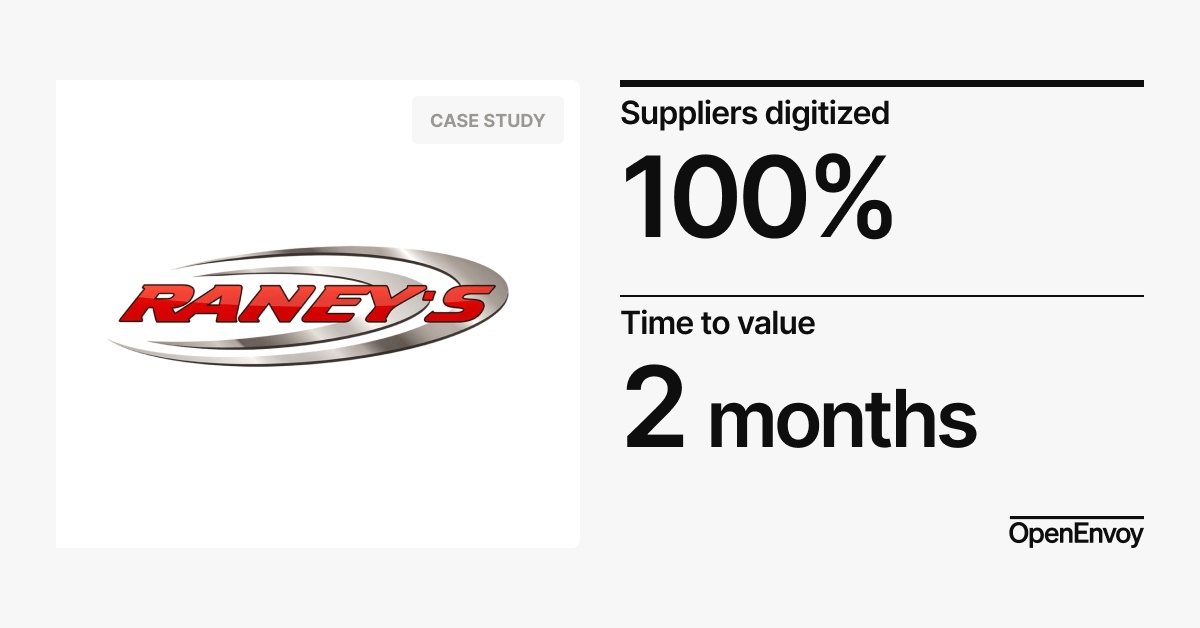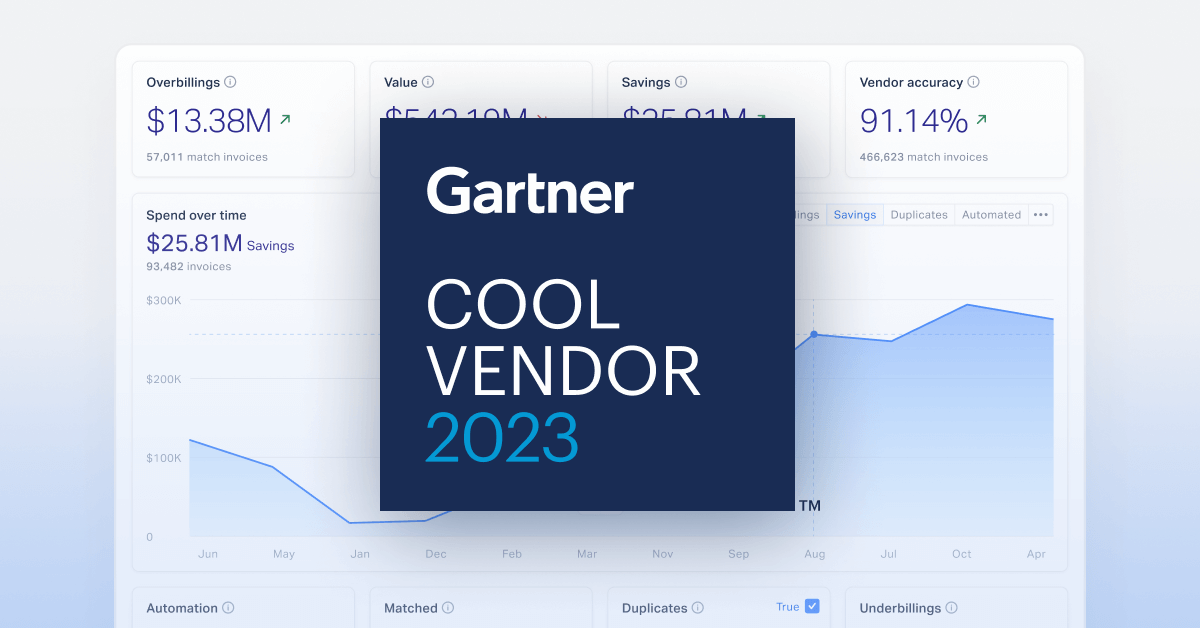Today I interviewed Matthew Tillman, CEO of OpenEnvoy about how real-time invoice audit can help companies cut hidden costs and improve resilience.
Q: You’ve talked to a lot of supply chain leaders. What do you think is top of mind right now?
A: Uncertainty. Over the last few years, upheaval in their core business has increased, which makes it hard for leaders to plan. Right now, consumer sentiment is positive, with expectations of reduced inflation. But consumers are increasingly buying through niche e-commerce sites that have limited inventory on hand. Predicting for the holiday rush is more difficult with lower volumes and therefore less data. Shipping costs have come down from their pandemic peaks, but costs are still high. Holiday logistics snarls are happening again this year, with disruption in the Panama and Suez Canals.
Q: What changes do you see with supply chains and logistics over the last few years?
A: Geopolitical risk has risen, of course, with war in Ukraine and the Middle East, and tensions with China. All of this leads companies to prioritize simplicity and flexibility in their supply chains. Now supply-chain leaders are caught in a bind. They need to reduce costs, but the way they’ve done that in the past, with extremely complex global supply chains, has depended on predictability in customer demand and in the price and availability of logistics. Today, that approach may not work.
Then too, there’s the risk faced by e-commerce sites. Both big box stores and e-commerce experience competition and higher delivery rates for the crucial last mile, but big box stores with pre-negotiated contracts have some stability, while smaller e-commerce businesses operate in the volatile spot market. When holiday stresses mount, it’s important to be the preferred customer of your logistics provider.
Q: Shippers face a lot of pressure. Manufacturers, retailers, e-commerce, logistics providers–why does the challenge of holiday logistics seem so intractable?
A: Rapid hikes in volume, challenges with predicting demand and the resulting pressure on supply chains, and limited capacity come back to bite shippers every year. Any additional disruption in global shipping lanes, availability, and macro trends compound the problem.
Fundamentally, the last-minute nature of holiday deliveries leads to potential mistakes. Shippers with contracted rates have an advantage. Those operating on the spot market are likely to run into obstacles. E-commerce companies without contracts face numerous challenges, including buried evidence in emails and ad-hoc supply chains.
Holiday uncertainty and time pressure leaves little time for auditing costs. Insufficient headcount leads to errors and quick invoice payments, resulting in unchecked and undisputed overbilling, leading ultimately to significant wasted spend.
Q: In terms of agility overall in supply chain, a big factor is how quickly companies can adjust when there are new routes, new logistics providers, or issues of one kind or another. What can companies do?
A: Resilience has to be hardened. How quickly can you adjust when an issue emerges, like the challenges with the Panama and Suez canals today? You’re going to have to communicate quickly to adjust plans and secure the services you need from logistics providers and other suppliers. Many companies are doing this by email today.
Companies must design redundancy into their supply chains. Modeling tools like Coupa can be helpful here. Companies must be able to quickly source logistics services to address problems and to implement improvements to their supply chain design. They must be able to on-board new suppliers very rapidly. Barriers to digital supplier relationships can’t be tolerated.
OpenEnvoy’s ability to fully digitize supplier relationships by capturing invoices from a simple AP inbox and to capture contracts, other types of supplier agreements, and logistics records without manual work is critical to the ability to quickly change lanes and vendors.
Q: Costs have come down from the peak of the pandemic, but they’re still high. Unpredictability may get in the way of peak efficiency. What can companies do?
A: Large manufacturers typically set their costs for the holidays early in the year. However, Q1 2023 produced fairly conservative estimates of 2023 holiday spend. Supply chain managers may be at risk of having secured too little transportation if holiday spend outperforms their Q1 estimates–meaning delays. For example, a desk chair that I ordered for delivery in November will be three months behind, due to stock issues. If this is happening to major manufacturers, it will hit smaller brands even harder.
Companies need to focus on automation to address the processes they have today while they also improve their processes. If they’re agreeing on rates with freight providers by email, they should have a way to audit the invoices that come in against that email and rate card.
Real-time freight audit is a great way to reduce overall logistics costs–they’re probably getting overcharged, in addition to rates going up. In just a few short years since our founding, OpenEnvoy has identified more than $367 million in overbillings on behalf of our customers.
Q: Auditing costs isn’t a new idea. Freight audit is well established. Internal and external auditors examine costs in many industries. What’s different about what OpenEnvoy is doing?
A: Real-time audit is preventative. By contrast, manual audit requires clawback as well as substantial audit costs. Because OpenEnvoy is preventative, we don’t charge our customers based on recoveries. We prevent the need for recovery in the first place. As a result, customers achieve huge value. There’s a big impact on cash flow, because clawback takes time.
Moving away from the clawback model can also improve relationships with logistics providers to help companies achieve and maintain preferred customer status. Preventative audit identifies errors and overbilling before invoices are paid, moving painful clawbacks to regular business discussion.
Q: You have deep relationships with freight providers as well. What is top of mind right now for them?
A: Freight providers make money in times of high volatility. It’s where they can really add value. They’re hoping for higher demand than they expected and a last ditch effort to improve operating income on what has been a tough year for profits.
Freight carriers can look at their logistics costs too. If they’re contracting with freight providers, they may be overpaying without instant real-time audit.
Q: What does 2024 look like?
A: 2024 is an election year in the US, which always means lots of volatility and most importantly for CFOs, a possibility of more increases to their cost of capital. Typically when the holidays are over, the finance teams are hit with the sobering reality of the actions their supply chain team took over the holidays to meet customer expectations. Budgets will have already been set for 2024. However, the pace of AI innovation means that more investment will probably be needed.
Board-level dictates for AI-powered cost reduction and escalating supply chain costs combine for strong pressure to act. Where CFOs could previously claim ignorance over supply chain governance, that concept is due for a swift demise in 2024. Control and surveillance are the two biggest problems to solve. CFOs must have an AI strategy, and it must be something more than a white paper from a legacy technology provider or consulting firm. It’s far too late for inaction. It will be obvious in the margins to Wall Street if companies don’t get their operating costs in line with post-AI expectations. CFOs and CSCOs have the opportunity to make the single biggest impact on the business of their careers. Will they do what they claim and add business value? 2024 will tell.











